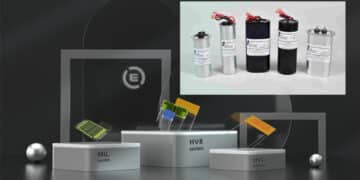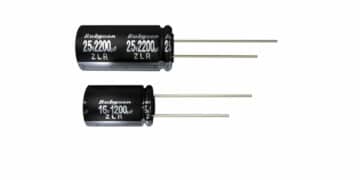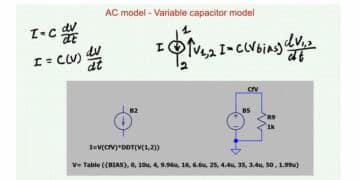Source: Murata news
Murata has announced a new transformer technology for high power, high frequency applications that uses a novel winding technique to allow designers to efficiently reach power and frequency levels that were never possible with conventional winding methods.
Murata’s innovative and patented pdqb winding technology makes it possible to construct high frequency transformers of up to and over 400kW that can operate at frequencies as high as 50kHz. The pdqb winding technique overcomes the skin and proximity effects as well as other high frequency losses associated with conventional construction methods, delivering an efficient (>99.5 %) solution in a compact footprint.
There are a number of further benefits to the winding technique including an increased working voltage and elevated isolation voltage (up to 10 kV). The leakage inductance is highly controllable and interwinding capacitance is low, both of which enhance performance in customer’s designs.
Thermal performance is also improved, eliminating the space requirements and cost associated with heat sinking. Each design can be optimized by a combination of Murata’s transformer expertise and their own simulation software.
Murata is able to design custom high power, high frequency transformers operating around 4-50 kHz with power ratings from 30 kW to 400 kW. The transformers can be designed with turns ratios from 1:1 to 10:1 having multiple secondary windings if desired, and are capable of handling input and output voltages in the range 50 V to 1 kV. A 100 kW transformer fits within an ultra-compact 18 cm x 21 cm x 25 cm package size.
Commenting on the release, Andrea Polti, Global Product Manager, Murata said “More than just launching a series of standard transformers, the HPHF solution really showcases a technology capability that allows us at Murata to provide customized solutions to meet or exceed specific customer requirements.”
Transformers using the pdqb winding technology are ideally suited to challenging applications including eV/HeV fast charging, railway (both rolling stock and trackside), renewable energy, smart grid energy distribution and medical applications including x-ray and MRI systems.


































